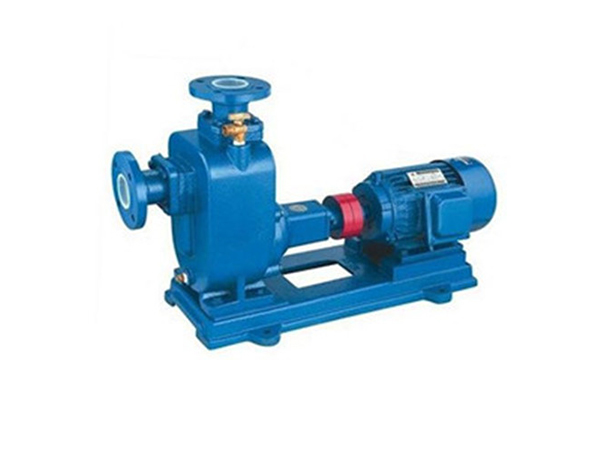How should a self-priming pump be installed and what precautions should be taken?
发布时间:2025/5/23

Self-priming pumps belong to the category of self-priming centrifugal pumps. They feature compact structure, convenient operation, stable running, easy maintenance, high efficiency, long service life, and strong self-priming capacity. There is no need to install a bottom valve on the pipeline. Before operation, it is only necessary to ensure that there is a certain amount of priming liquid stored in the pump body. Self-priming pumps of different materials can be used for different liquids. So, if you have purchased a self-priming pump, how should it be installed and what matters should be noted? Now, let's welcome the chief editor of the Pump Industry to explain to us how to install a self-priming pump.
Installation precautions for self-priming pumpsBefore installing the self-priming pump, carefully check whether all the bolts of the self-priming pump are loose and whether there are any foreign objects falling into the pump body to avoid damaging the impeller during the operation of the self-priming pump.
2. Place the self-priming pump on the concrete foundation, put a vibration isolation pad between the bottom plate and the foundation, and adjust the height of the vibration isolation pad to align the pump's level. After adjustment, tighten the bolts.
Before installing the self-priming pump, a suitable concrete foundation should be made according to the foundation dimensions of the self-priming pump. During the process of making the concrete foundation, the anchor bolts should also be pre-embedded. Concrete foundation construction refers to large self-priming pump products. Small self-priming pumps do not require concrete foundation construction.
4. When the self-priming pump has dust covers at the inlet and outlet of the factory, the dust covers should be removed and then connected to the pipeline. It should be noted that if the self-priming pump product with the fastest suction water output is used, the outlet pipeline must be vertically upward by 1 meter before turning; otherwise, the priming water inside the pump body will be easily discharged during the self-priming process.
5. For the convenience of maintenance and the safety of use, a regulating valve should be installed on each of the inlet and outlet pipes of the self-priming pump. Additionally, a pressure gauge should be installed between the outlet valve and the pump to ensure that the self-priming pump operates within the rated flow and head range, thereby enabling the self-priming pump to operate normally and extend its service life.
Before starting the self-priming pump after installation, the pump shaft should be turned and liquid should be filled into the pump chamber at the same time to ensure that the liquid fills the pump chamber and achieves the purpose of exhaust. Check if there is any leakage in the pump. The impeller should have no friction sound or jamming. If there is any friction sound or jamming, the pump should be disassembled to check the specific cause and solve the problem.
7. The suction pipe and discharge pipe of the self-priming pump cannot be supported by the pump itself. Instead, separate brackets are needed to support the inlet and outlet pipes, and the diameters of the inlet and outlet pipes should match those of the self-priming pump. In particular, the inlet pipe should not be enlarged, as it will affect the self-priming height of the self-priming pump. If the inlet pipe of the self-priming pump is reduced during installation, The outlet pipe must also be reduced in size. We suggest that it is better to configure the corresponding pipe according to the factory standard diameter.






